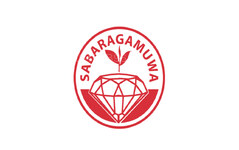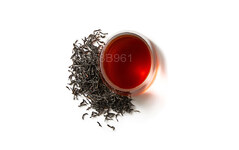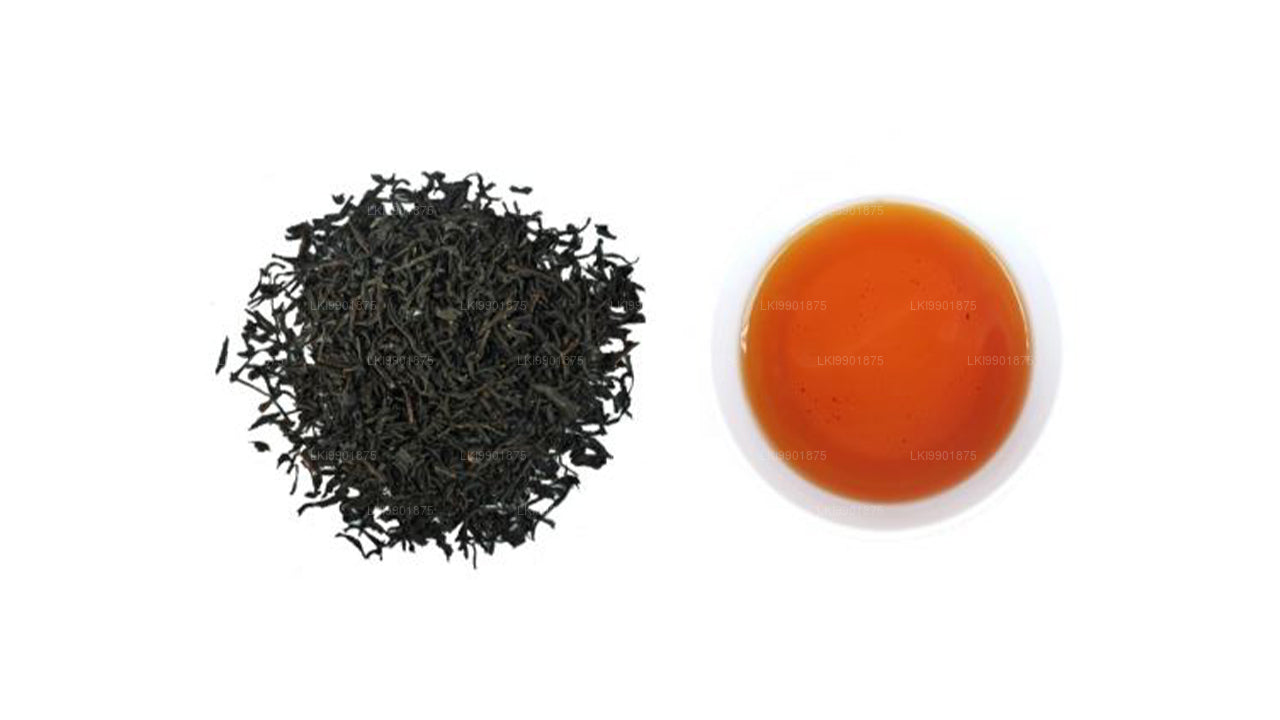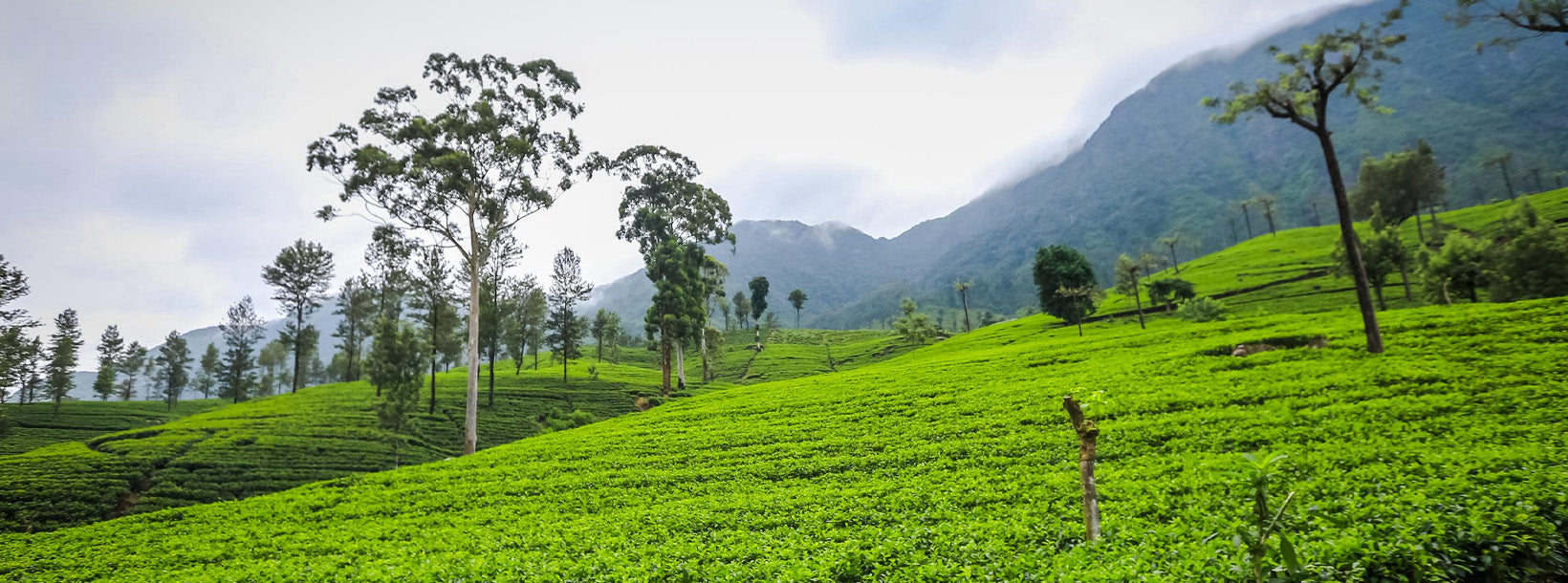
Plantaciones de té
Las plantaciones de té de Sri Lanka, ubicadas principalmente en las tierras altas centrales, son famosas por producir algunos de los tés más exquisitos del mundo. Estas exuberantes plantaciones, como las de Kandy, Nuwara Eliya y Hatton, ofrecen paisajes espectaculares y una rica historia. Estas plantaciones contribuyen significativamente a la economía del país, exportando té de Ceilán de alta calidad a todo el mundo.
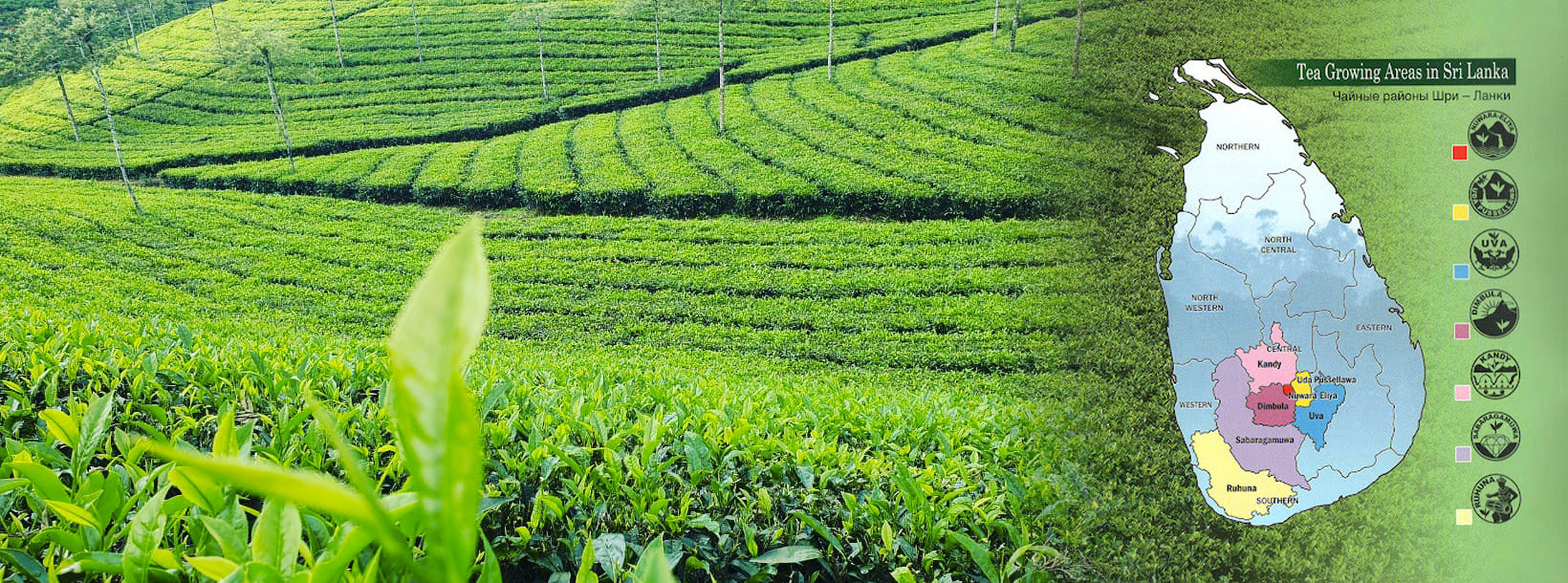
Regiones del té de Ceilán
La infusión en tu taza tiene una historia que contar. Habla de colinas ondulantes, sol abundante y provincias exuberantes. En Sri Lanka, las provincias del centro y el sur producen la mayor parte del té. Las diferentes altitudes y microclimas influyen en el sabor, el color, el aroma y la estacionalidad distintivos del té de Ceilán.
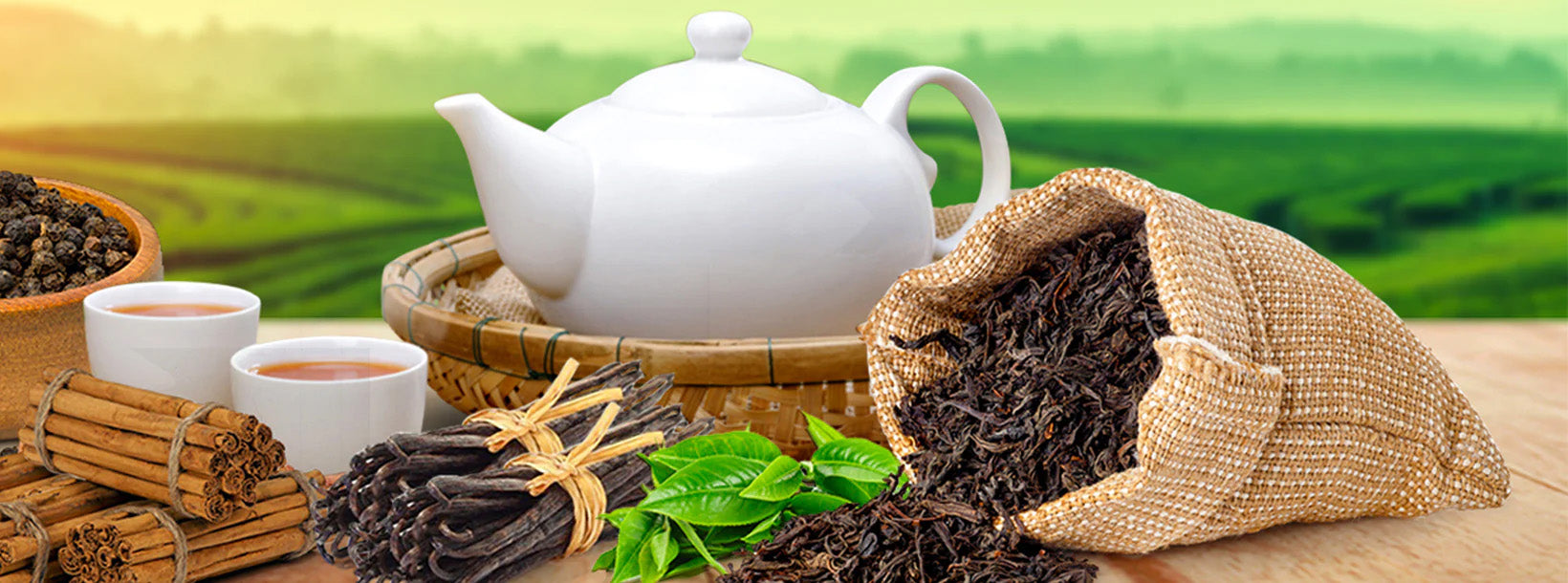
Grados del té negro de Ceilán
El té de Ceilán, tal como lo conocemos hoy en día, se presenta en diferentes variedades, cada una con sabores y aromas únicos. Además de la variedad de tés, existen diferentes grados en los que se divide el té de Ceilán.
Sabaragamuwa Tea
Sabaragamuwa is one of the biggest tea-growing regions in Sri Lanka. This growing region covers the western and southwestern and central mountains of the country.
The teas of Sabaragamuwa, in other words, Ruhuna, are mainly low-grown. all the estates range in elevation from sea level to around 2,500 feet.
The highest estates lie just below the boundaries of the Sinharaja and Peak Wilderness nature reserves. the environment consists of rainforests, cloud forests, and high grassy plains in this region.
As a result, they produce tea of a somewhat different character to that grown at lower elevations in the district. And also, some of these estates receive the highest rainfall of any in the plantation districts.
Other upper Sabaragamuwa estates receive some weather from the nearby Uva climatic system. Therefore, they produce in an entirely different way.
Sabaragamuwa produces a fast-growing bush with a long leaf, very black when withered, and well suited for ‘rolling’ (see manufacturer). The liquor, too, is similar to that of Ruhuna tea, dark yellow-brown with a reddish tint in the dry season, though lightening somewhat with altitude.
However, the ‘nose’ or aroma, is noticeably different from the Ruhuna product, with a hint of sweet caramel, and not quite as strong as the latter. The flavor, too, is strongly marked, especially with respect to low-grown examples.
These are general comments, However, and need not apply to all teas produced in Sabaragamuwa. The districts contain a number of sub-districts such as Ratnapura, Rakwana, Kaltura, Matara & Weligama close to the Southern coast.

